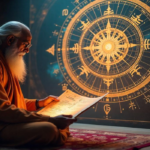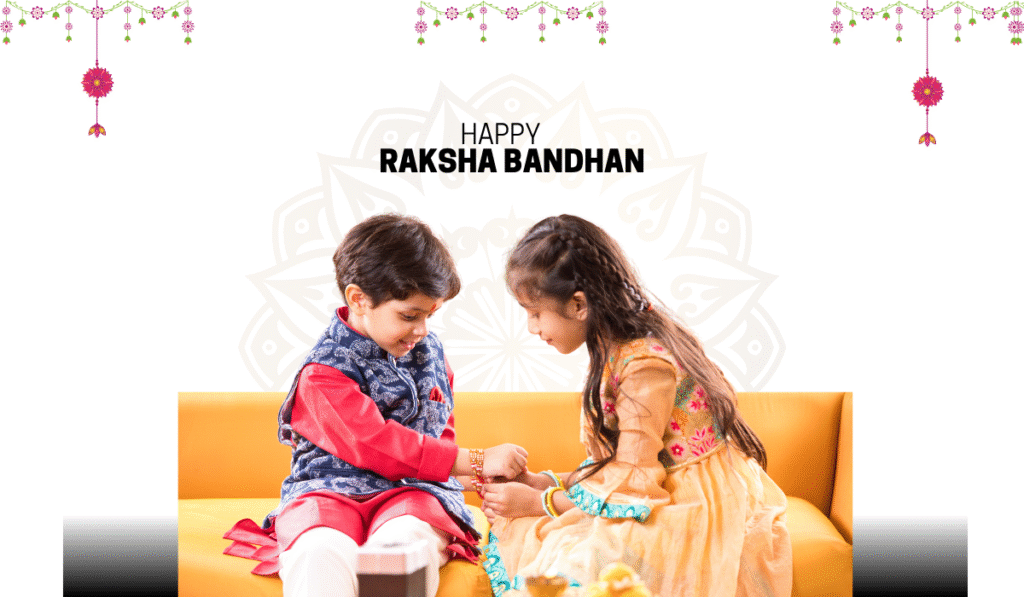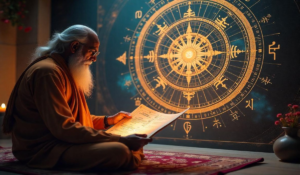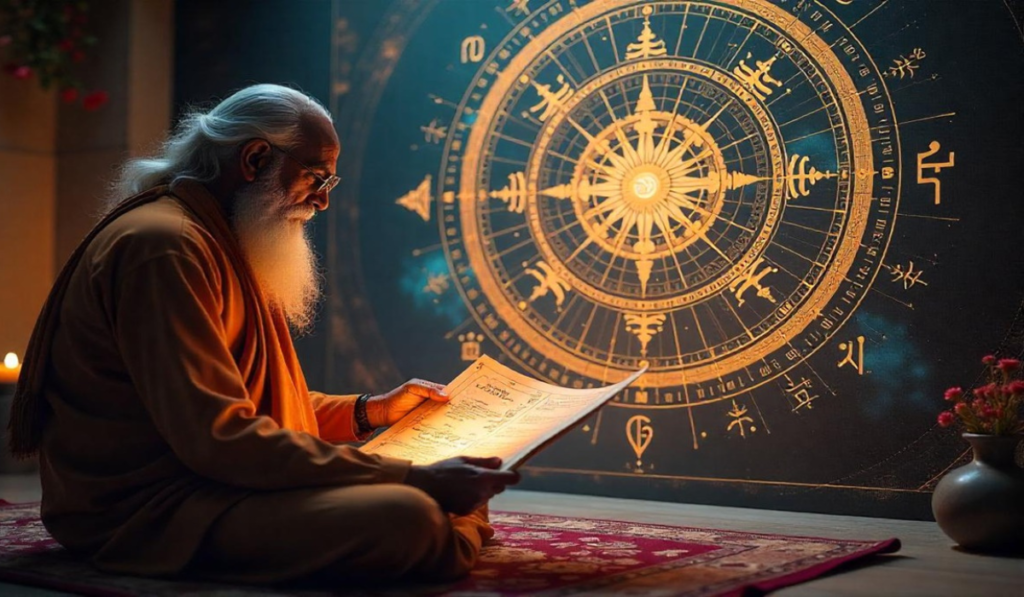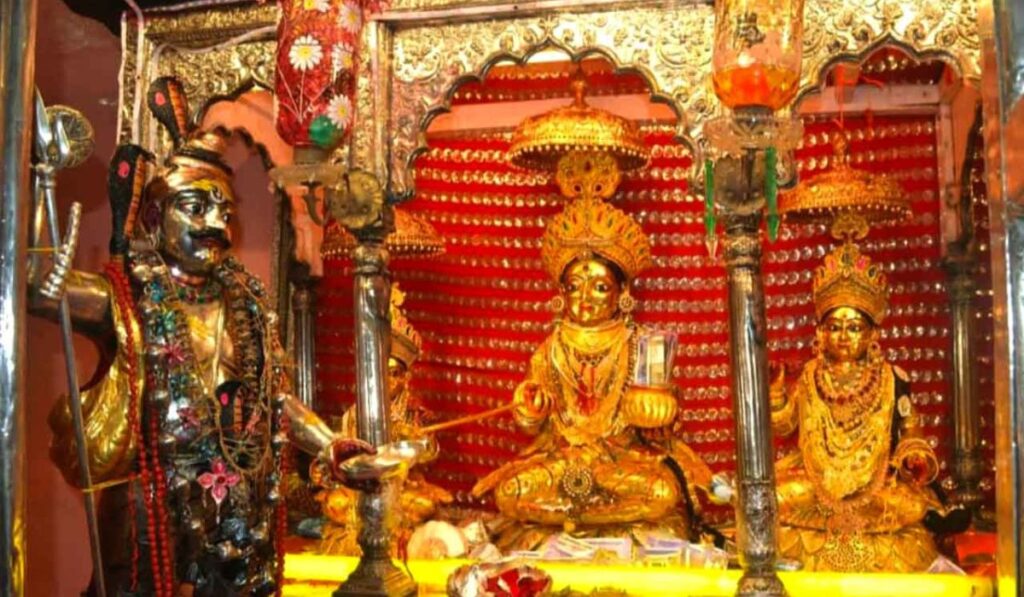Knots have always meant something special to us. The knot a groom and bride tie during the seven pheras marks the start of a lifelong journey. The small knots our grandparents tied around money or gifts carried the happiness of the whole family. And then there’s another knot, the one tied during Raksha Bandhan. It’s not just a thread. It’s a promise of protection, a symbol of love, and a reminder that no matter where life takes us, the bond between siblings never fades.
The Festival Beyond The Threads
Raksha Bandhan significance is more than just tying a rakhi on a brother’s wrist. It’s that one day of the year when sisters get to ask for anything they wish from their brothers, and brothers happily agree without a second thought. It’s also the day when siblings pause to realize just how much they mean to each other, even if they’ve spent the rest of the year playfully arguing and teasing.
And that’s what makes this festival more special because it’s a day that celebrates trust, memories, and the invisible bond that holds siblings together. The laughter shared while choosing rakhis, the excitement of surprise gifts, and the heartfelt prayers for each other’s safety, these moments make the festival truly special.
But this tradition wasn’t born overnight. Its roots are very deep just like the bond it represents, stretching back to legends, royal stories, and centuries-old historical customs that shaped what we celebrate today.
Why Do We Celebrate Raksha Bandhan?
The history of Raksha Bandhan is just as divine as the essence of this festival. And the event that led to the creation of this majestic festival is not just one:
- The Purest bond of Draupadi and Krishna
The story of Rakhi customs finds its earliest roots in the Mahabharata. During a fierce battle, Lord Krishna injured his finger while handling his divine weapon, the Sudarshan Chakra. Seeing him in pain, Draupadi instinctively tore a piece of her sari and gently tied it around his bleeding finger.
In that very moment, Draupadi wasn’t thinking of any rituals or tradition, only compassion for someone she deeply cared for, her divine best friend. Krishna, moved by her selfless act, felt a wave of gratitude and vowed to protect her from every harm no matter what, at every moment of life.
This silent promise of them became a sacred bond, symbolizing the essence of Raksha Bandhan significance that is unconditional love and protection between two souls.
- Rani Karnavati and Emperor Humayun
Centuries later, during the medieval period, Rani Karnavati of Mewar faced an imminent invasion by Bahadur Shah. With her kingdom under threat and no immediate allies nearby, she reached out in an extraordinary way, sending a rakhi to Mughal Emperor Humayun.
Humayun, deeply touched by the gesture, saw it not as a political move but as a sacred plea for protection. Honoring the rakhi and its meaning, he set aside his own battles and rushed to Mewar’s aid.
Although history tells the tales of wars and conquests, this moment became the testament that Raksha Bandhan transcends blood relations, proving that blood is not always thicker than water. It is about humanity, unity, and the promise of standing together in times of need.
How is Raksha Bandhan Traditionally Celebrated?
Raksha Bandhan rituals have always been a simple yet heartfelt part of the traditions. Every home celebrates in its own way, but the feelings behind each ritual remain the same that is love, prayers, and that unsaid promise of protection.
- Morning Preparations
The day usually begins early with the aroma of fresh sweets filling the house. Sisters prepare a rakhi thali with a diya, roli, rice, and rakhis which is chosen in advance. And, all these are not just for the sake of tradition because each element has meaning, diya for blessings, rice for prosperity, and the thread itself for the bond that ties siblings together.
- The Rakhi Ritual
When the family gathers, sisters apply a tilak on their brothers’ foreheads, tie the rakhi, and pray for their well-being. In return, brothers offer gifts or a token of appreciation and promise to always stand by their side. All the laughter, teasing, and shared memories, turns a simple ritual into a heartfelt celebration.
- Family Traditions and Regional Touches
Some families also recite prayers or Sanskrit shlokas before the ritual. Others prepare favorite dishes and share stories from scriptures, reminding everyone the importance of this festival. Across India, the customs and traditions may vary, some tie rakhis during a small pooja, others during a family meal, but the emotions always remain unchanged.
- Keeping Traditions Alive
Even when there is a distance of a thousand miles between siblings, the festival still continues with the same warmth. Rakhis travel by post, rituals are shared over calls or facetime, and blessings cross every distance, proving that this bond is not bound by any ceremony to stay strong, just pure love.
The Knot That Cannot Be Untied By The Time
From the purest ancient vows between Krishna and Draupadi to the simple rakhi tied in millions of homes, Rakhi customs have always carried the same unshaken meaning, love that protects, and protection born from love.
When a sister ties that thread on her brother’s wrist, it is not just a ritual. The knot of Rakhi customs reminds us of our roots, our responsibilities, and the quiet strength of family bonds. Even as siblings grow up, move to foreign lands, or live continents apart, this one promise never weakens.
Just like the knots tied in a wedding or the sacred threads of our elders, the rakhi is not meant to be perfect or grand, it is just meant to hold. It holds memories, laughter, unspoken apologies, and countless moments of standing by each other. And as long as these threads are tied, the bond between siblings remains something time can never untie.





